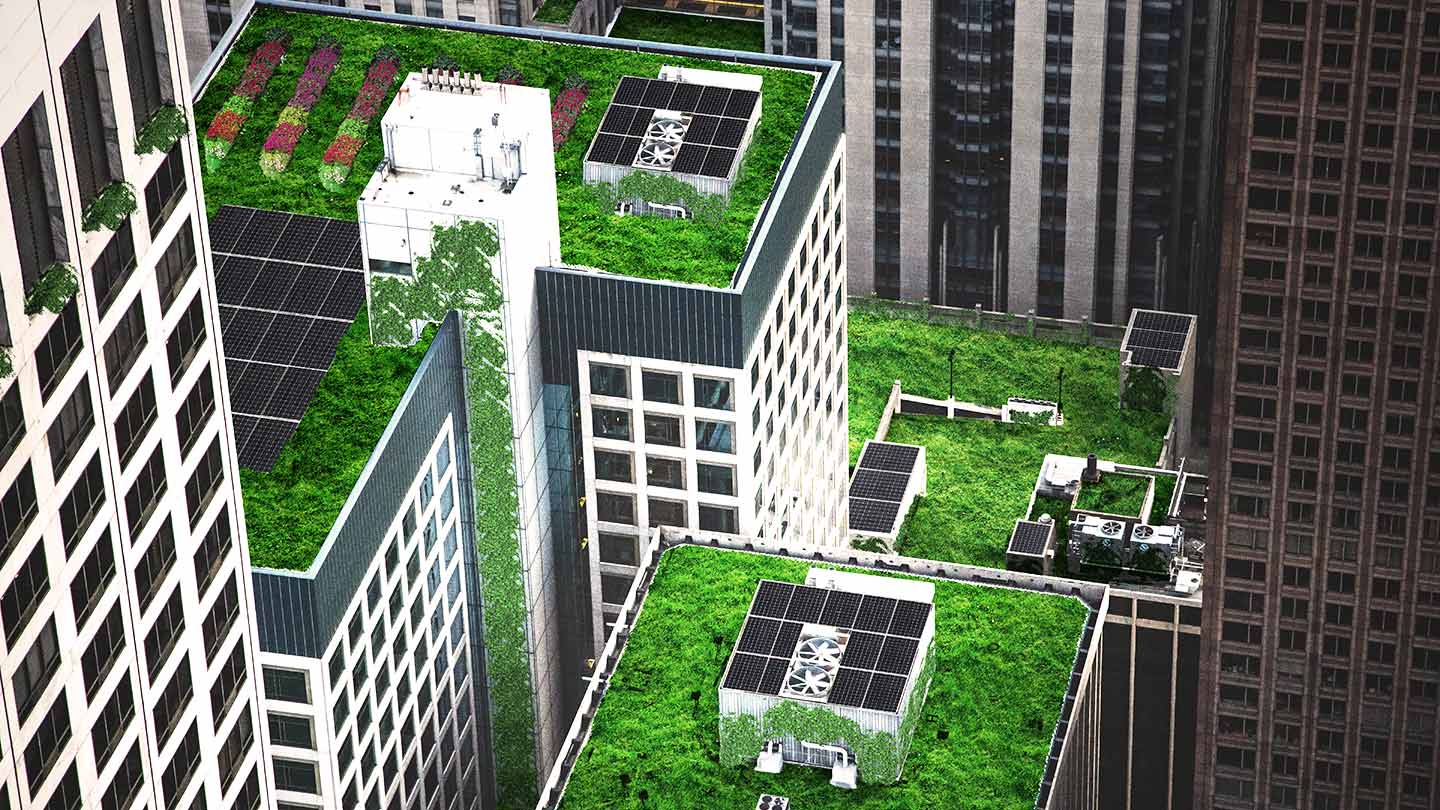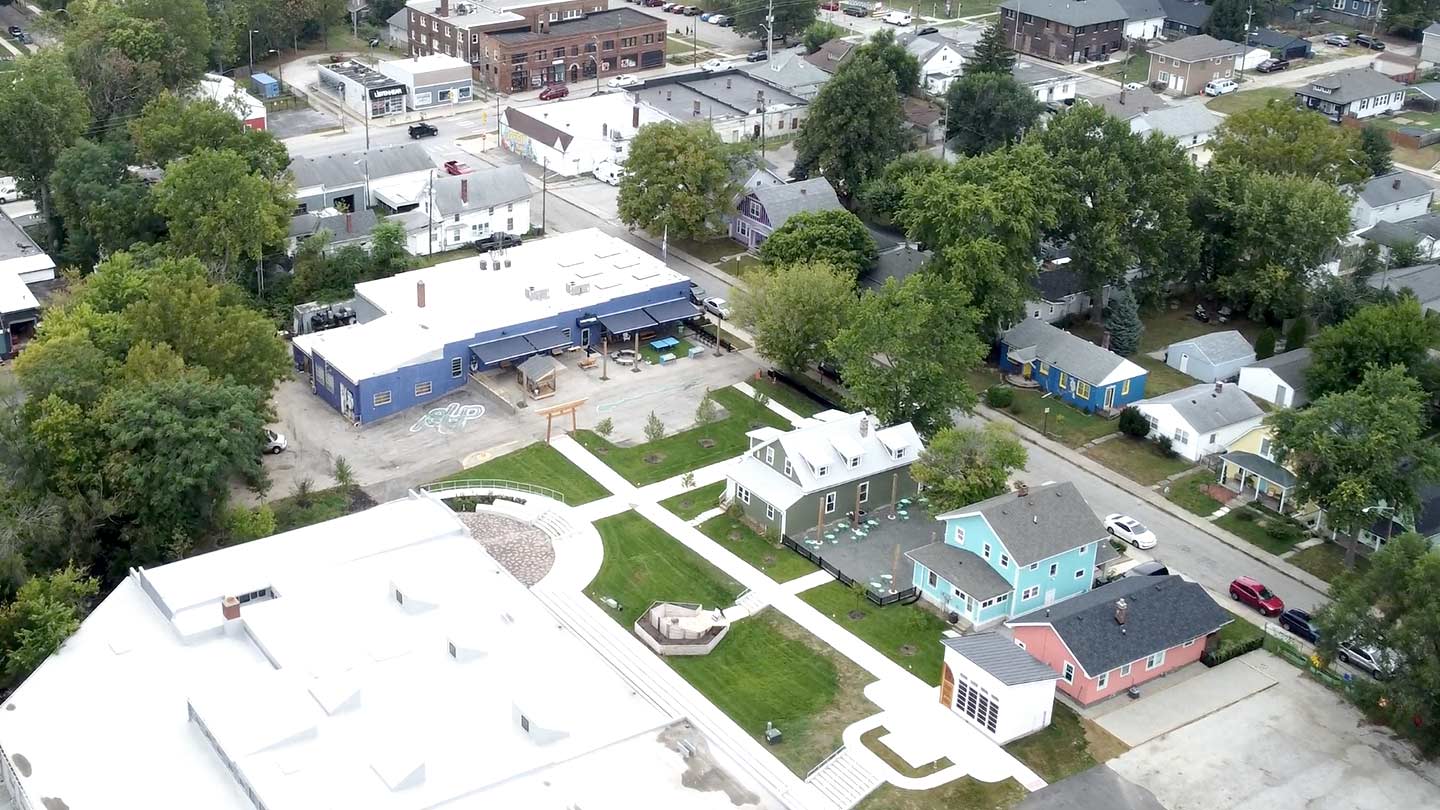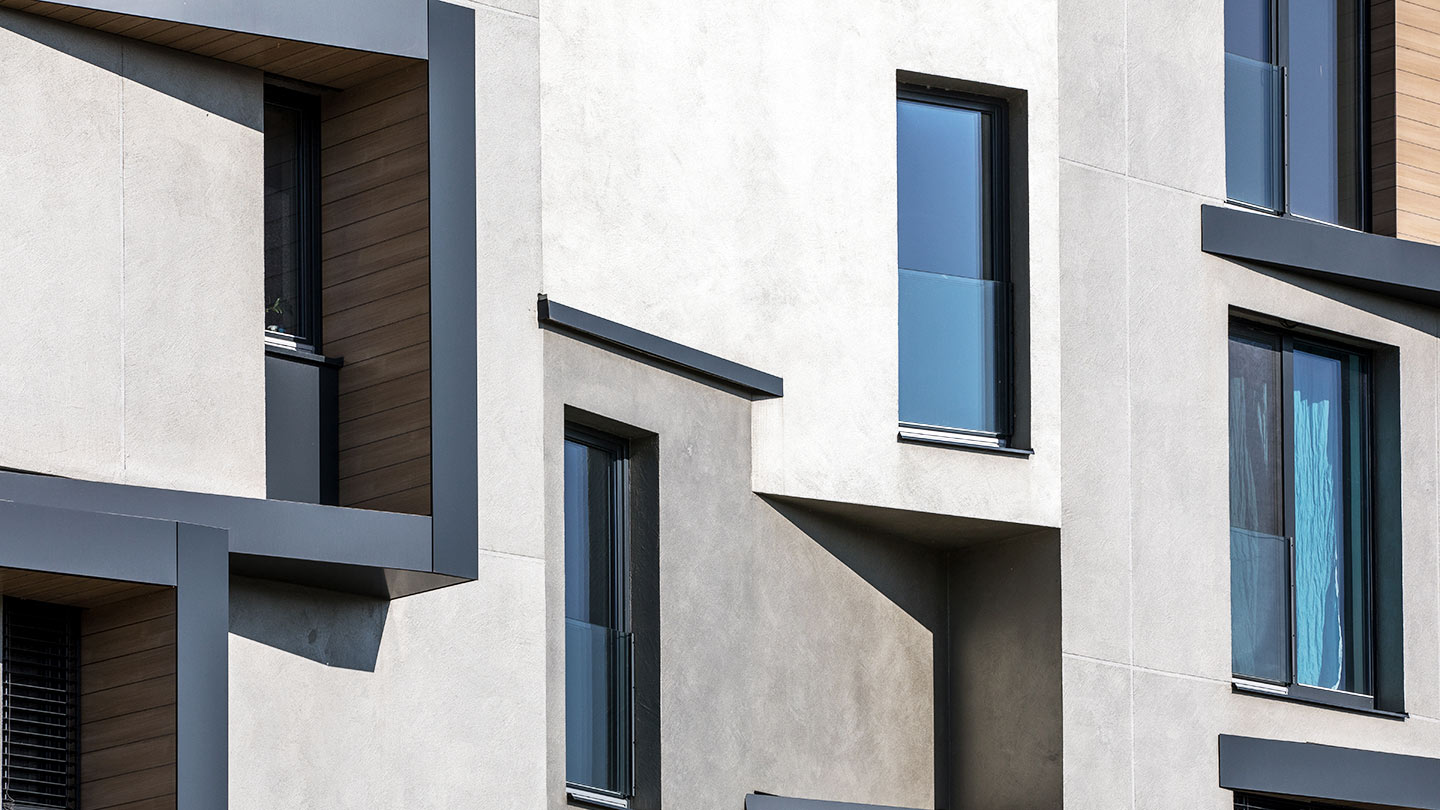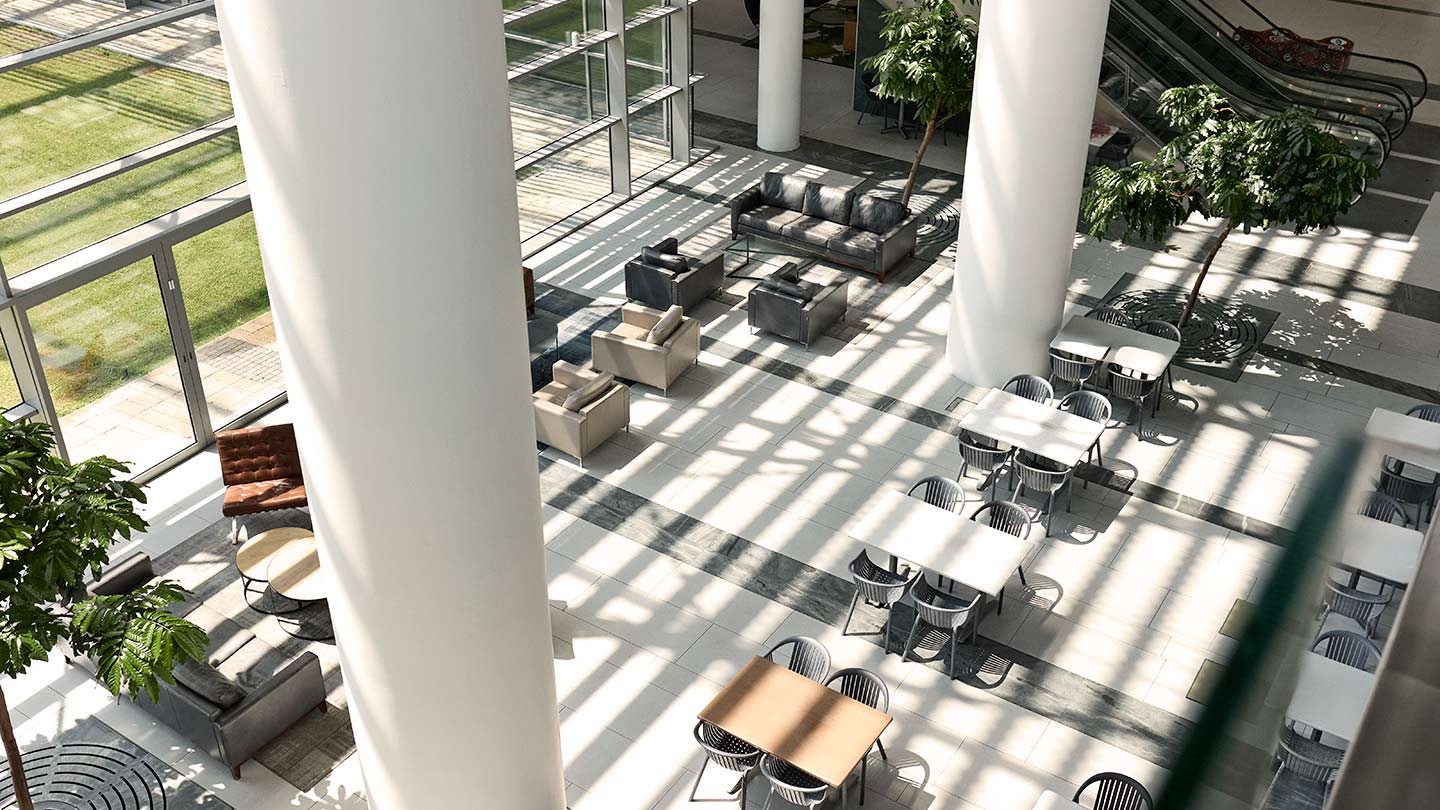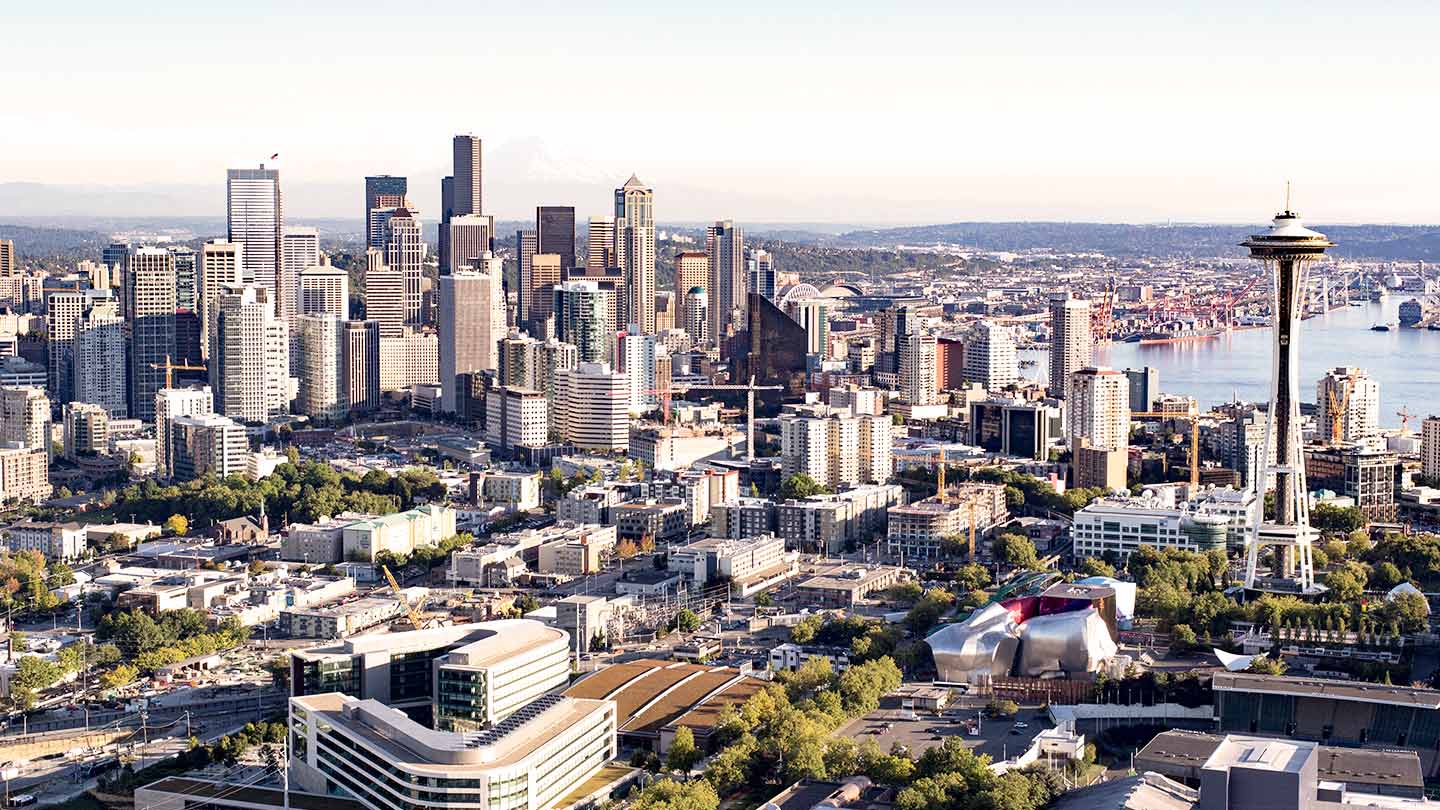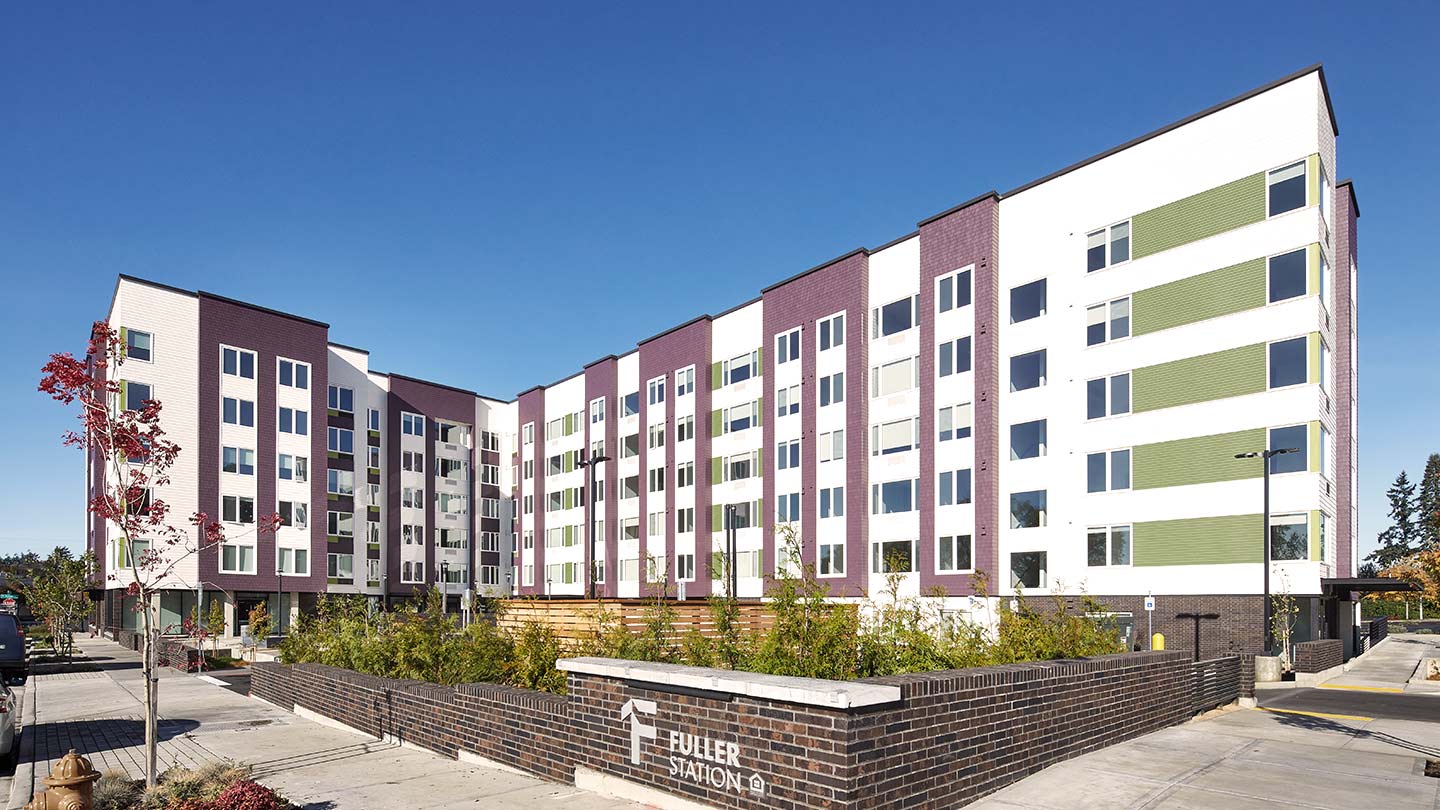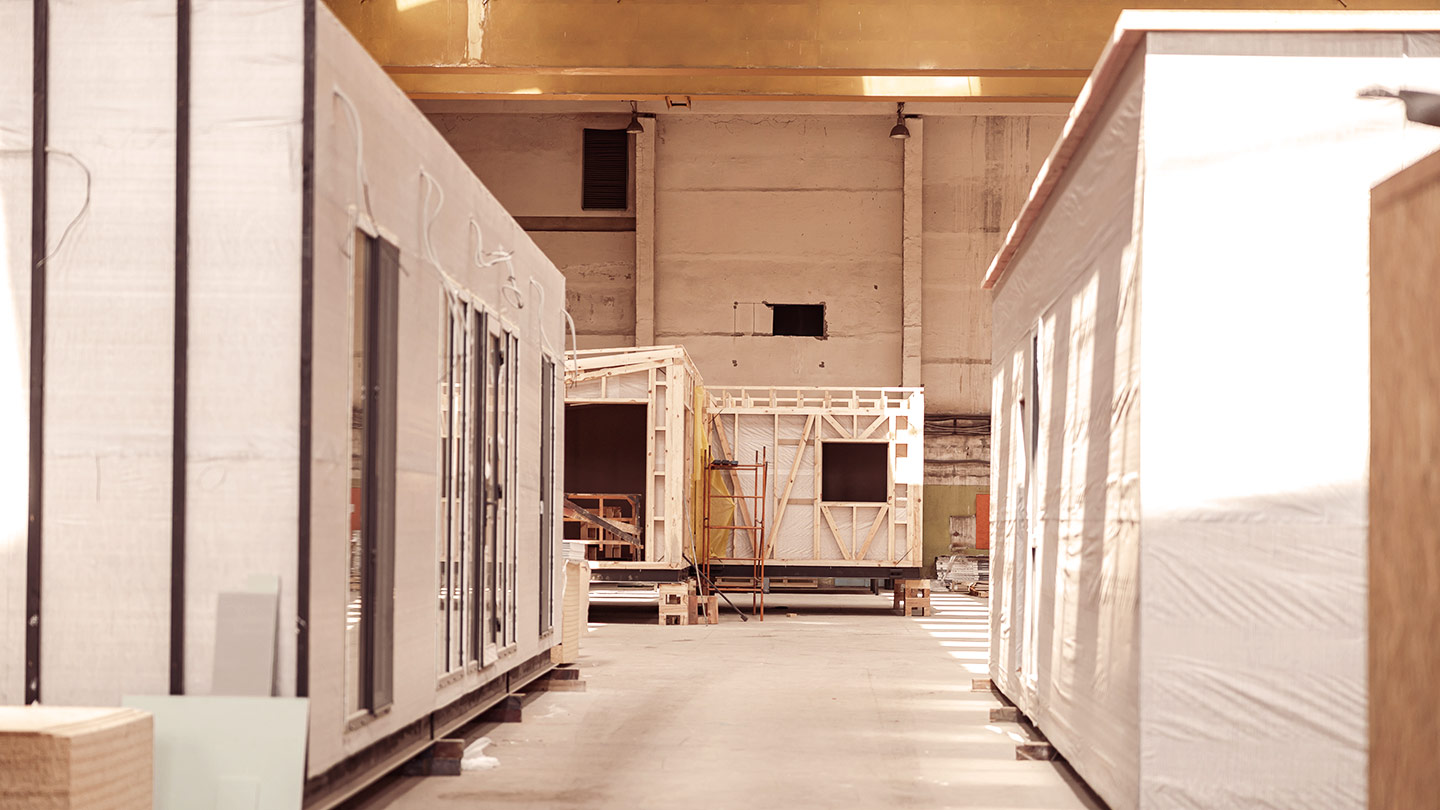
4 min read
Demand for affordable housing in the U.S. continues to outpace supply. Nationwide, there’s a shortage of 7.1 million rental homes affordable to renters with extremely low incomes, according to the National Low Income Housing Center.
High construction costs and lengthy project timelines are major barriers to meeting affordable housing demand. Modular homes offer a solution by potentially reducing both timelines and costs, making them ideal for affordable housing projects.
“Modular housing is not just an innovative option; it’s a vital tool in our arsenal to tackle the affordable housing crisis. By embracing this efficient and cost-effective construction method, we can build a future where quality homes are accessible to all.”

Vincent Toye
Head of Community Development Banking
What is modular housing?
Modular housing involves constructing buildings in modules at a factory. These individual modules or panels are then transported to the final site, where they are assembled like giant Lego® bricks.
It’s distinct from manufactured housing—also known as mobile homes—though both are types of prefabricated housing.
Benefits of modular housing
Modular, off-site construction offers several advantages:
-
Environmental impact
Modular construction can reduce some of the waste generated by on-site construction.
Most modular construction takes place in a controlled factory environment, which can protect building materials from breaking or spoiling due to exposure to the elements. Fewer people and materials traveling to the site can reduce carbon emissions. Plus, off-site construction helps keep moisture out of materials, which can improve air quality.
-
Speed
Manufactured construction can allow for more precise control over the project schedule. In addition to eliminating weather delays, factory construction can take place simultaneously with on-site work, which can shorten construction schedules.
-
Cost Efficiency
Because modular construction can cut project timelines, it may also reduce labor costs. Adopters may also save money on materials, transportation, quality control, subcontractors and other expenses. As an added advantage, a shortened timeline means renters can move in sooner, which may result in quicker returns and reduced market cycle risks.
Modular construction’s role in affordable housing
Freddie Mac estimated a housing shortage of 3.7 million units in the U.S. during the fourth quarter of 2024, a slight decrease from 3.8 million in 2020.
Modular construction’s efficiencies allow developers to manufacture and install housing on-site faster than traditional methods, passing cost savings to renters. And the approach can be applied in communities nationwide.
The Phoenix
- Location: Oakland, California
- Financing: $28.8 million construction loan from J.P. Morgan
- Project details: East Bay Asian Local Development Corporation and Abode’s modular-built housing community will create 101 units affordable to households earning 30% to 50% of area median income (AMI), with 49 permanent supportive housing units reserved for people who have experienced homelessness.
The Resurrection Project
- Location: Chicago, Illinois
- Financing: $7.2 million philanthropic commitment from JPMorganChase
- Project details: The Resurrection Project uses modular construction to turn abandoned lots into affordable homes. The organization is working to build or preserve more than 150 affordable housing units throughout the Chicago area within three years.
Laurel Homes
- Location: Roslyn Heights, New York
- Financing: $24.5 million in fixed-rate tax-exempt bonds from J.P. Morgan
- Project details: Georgica Green Ventures and North Hempstead Housing Authority built 74 modular apartments: 29 for Section 8 project-based vouchers and 45 for households earning less than 60% of AMI.
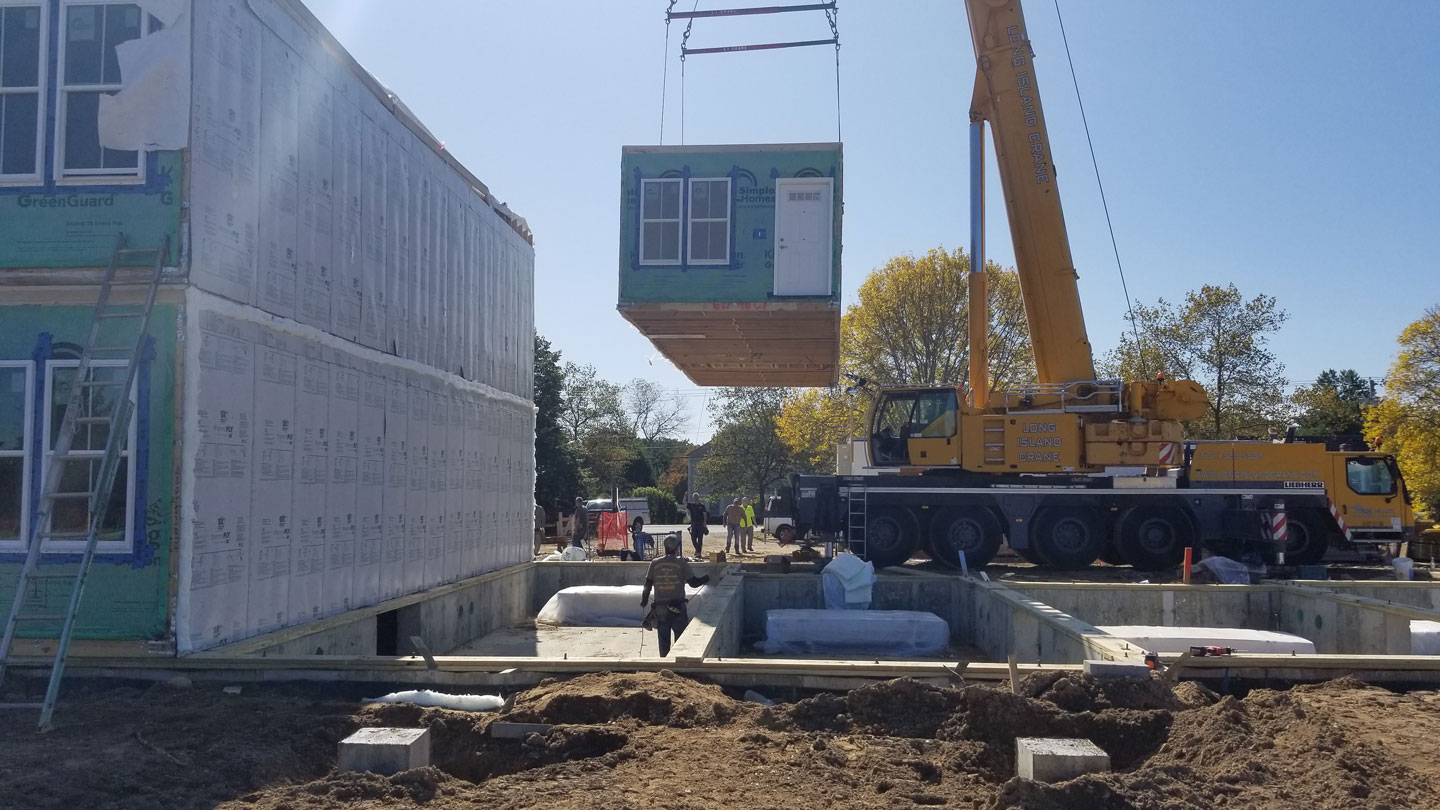
Georgica Green Ventures adopted modular construction in 2015 and has used the method for projects across New York state.
Modular housing adoption
Modular construction represents a small fraction of the overall market. In 2024, 3% of newly completed multifamily buildings were built using modular or panelized methods, according to the U.S. Census Bureau.
Transporting modules and panels from the factory to the assembly site, ideally within 500 miles, is one of the main challenges. Additionally, navigating local and state building codes can be complex. Once approvals are obtained, future projects can often proceed more quickly.
Misconceptions about modular homes, such as concerns about material durability, can hinder adoption. However, both traditional and modular projects typically use the same materials and satisfy building code requirements.
“As more developers and investors recognize the potential of modular construction, it is poised to transition from a niche solution to a mainstream investment,” Toye said.
We’re here to help
Having financed more than 25 modular affordable housing deals nationwide over the past 10 years, J.P. Morgan Community Development Banking is dedicated to supporting modular housing as a strategic tool to address the housing crisis. Learn more about all the ways we work to meet the growing demand for affordable housing across the nation.
JPMorgan Chase Bank, N.A. Member FDIC. Visit jpmorgan.com/commercial-banking/legal-disclaimer for disclosures and disclaimers related to this content.
